Hand-eye Coordination Letter Recognition Worksheets for Ages 4-6
10 filtered results
-
From - To
Introduce your child to the alphabet with our engaging Hand-eye Coordination Letter Recognition Worksheets for Ages 4-6. Designed by experts, these interactive worksheets help children recognize letters while honing their hand-eye coordination skills. Through a series of fun and educational activities, kids practice tracing, matching, and identifying letters, making learning both enjoyable and effective. Perfect for early learners, these worksheets build a strong foundation in literacy, ensuring your child is well-prepared for future reading and writing adventures. Download now to give your little one a head start in their educational journey!
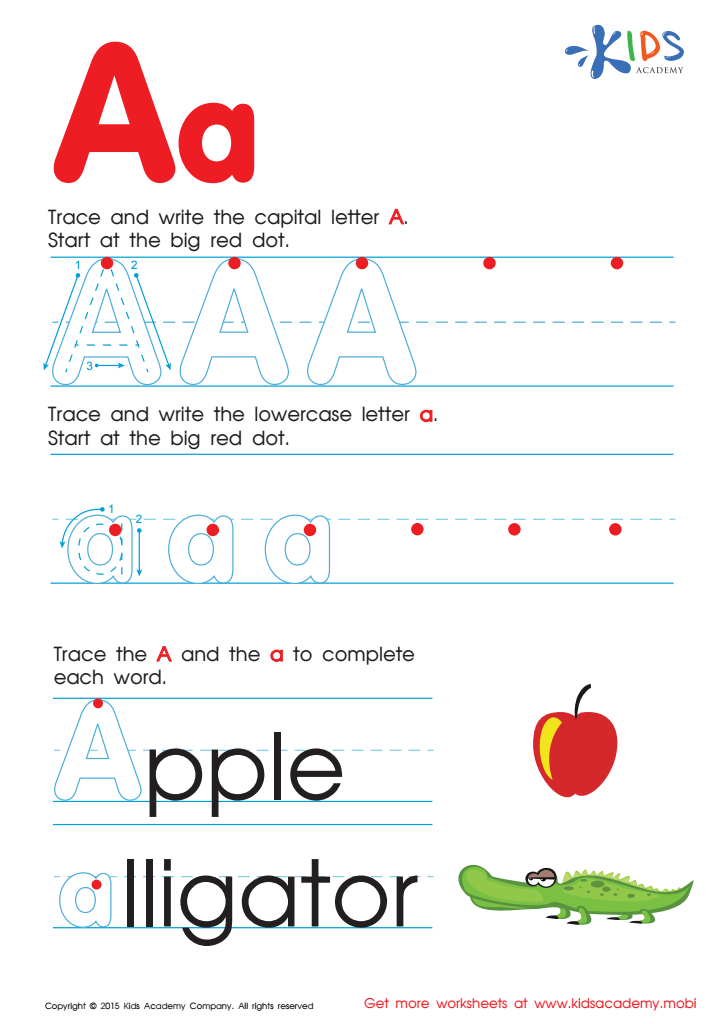

Letter A Tracing Page
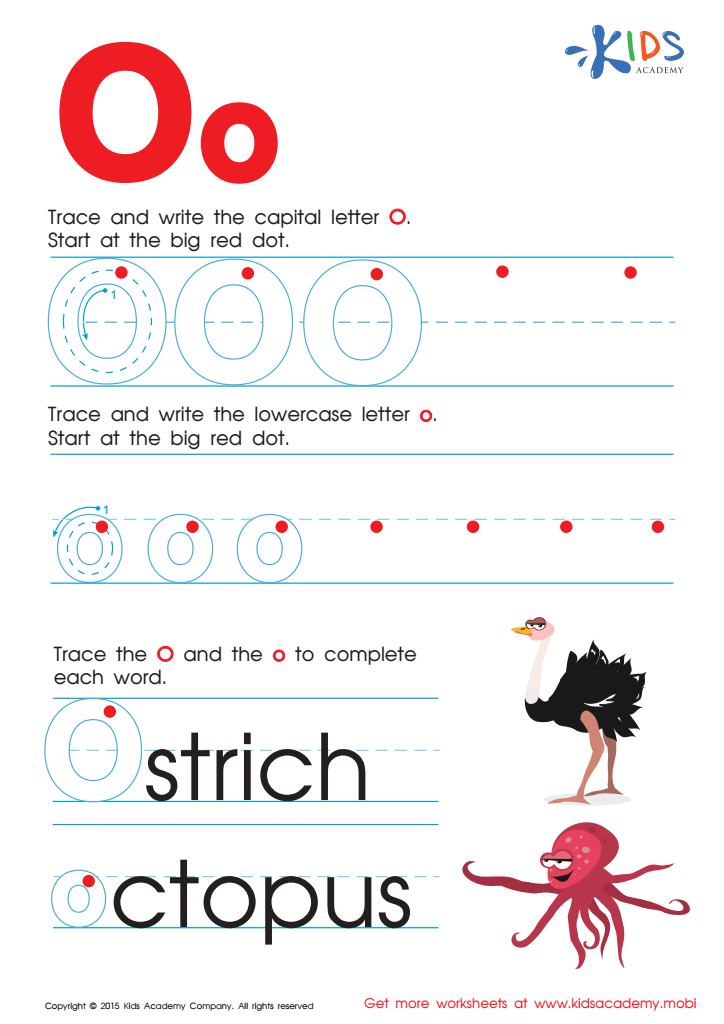

Letter O Tracing Page
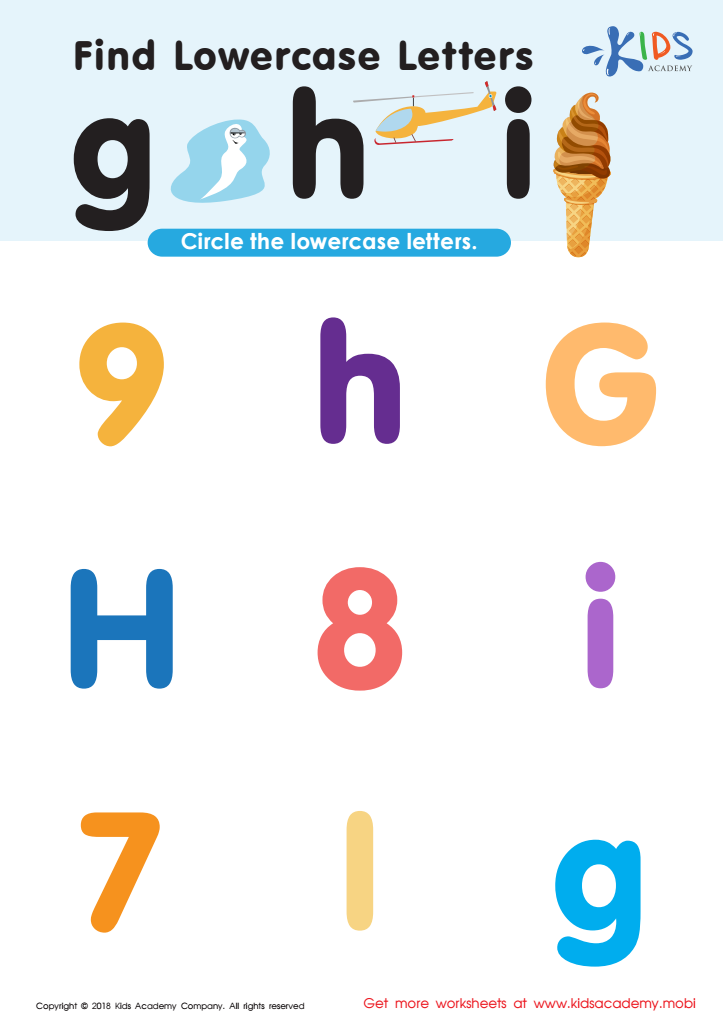

Find Lowercase Letters g h i Worksheet


Letter P Tracing Page


Letter T Coloring Sheet


Letter H Tracing Page
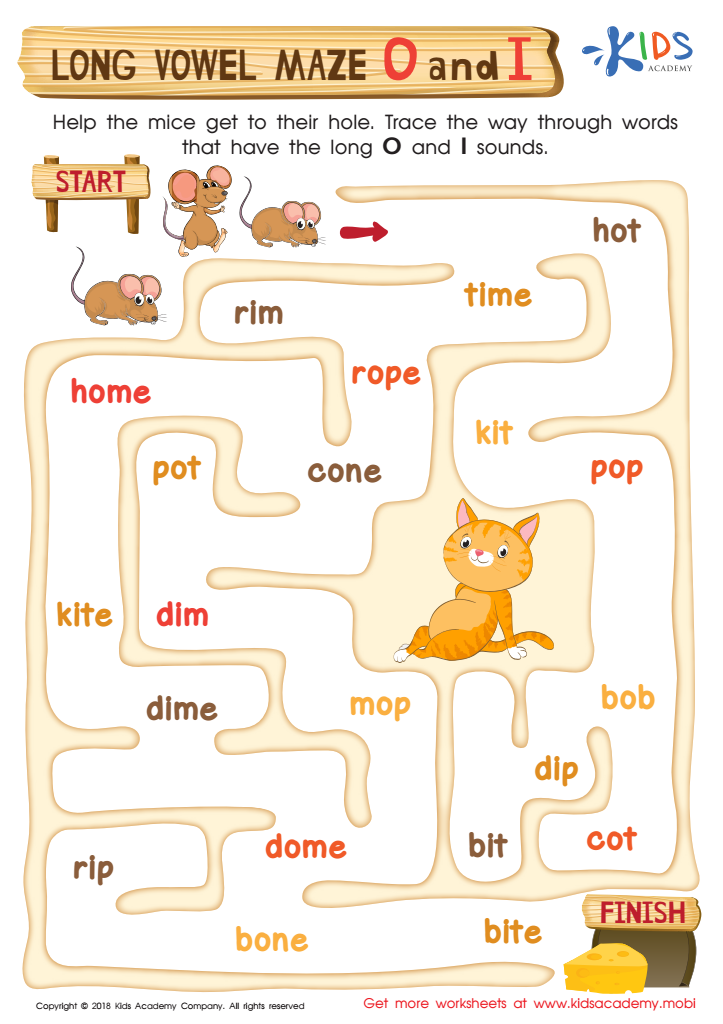

Long Vowel Maze /o/ and /i/ Worksheet
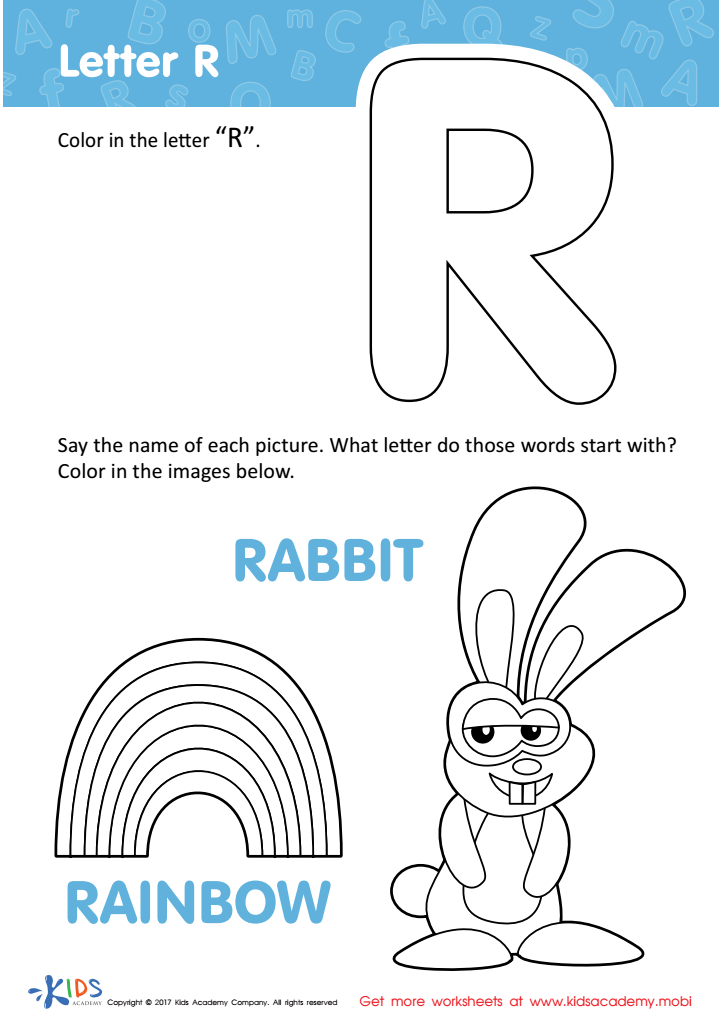

Letter R Coloring Sheet
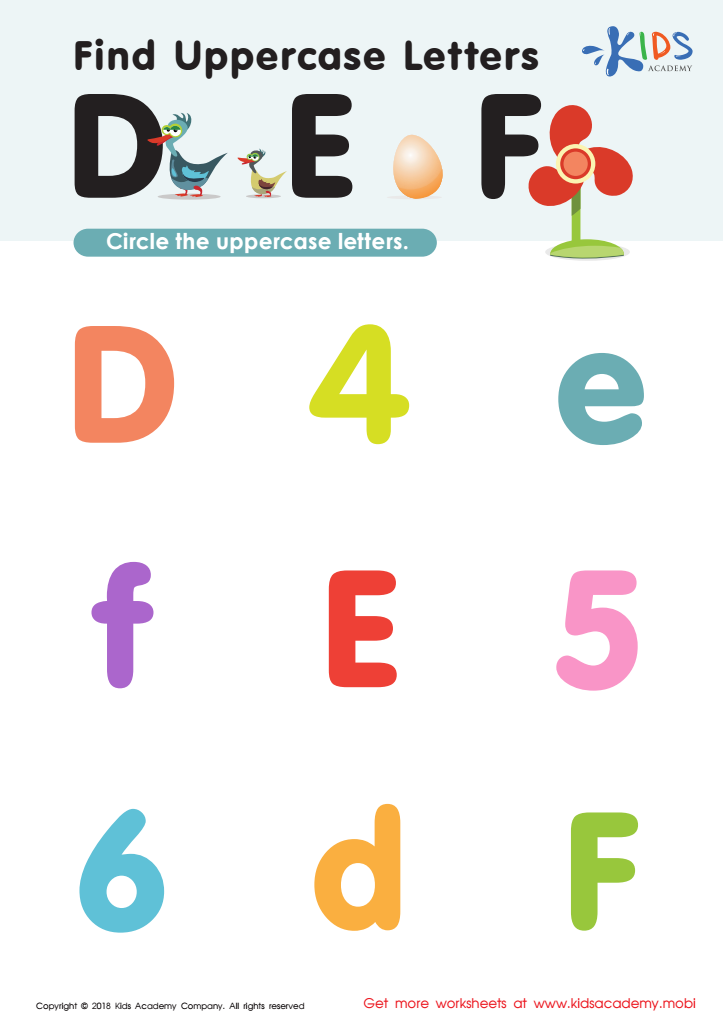

Find Uppercase Letters D, E, and F Worksheet


Letter D Tracing Page
Hand-eye coordination and letter recognition are critical developmental skills for children aged 4-6, laying the foundation for their future academic success. Hand-eye coordination, the ability to process visual information and move hands to accomplish a task, is essential for various life skills including writing, sports, and everyday activities like tying shoes or drawing. By developing strong hand-eye coordination early on, children become better prepared for tasks that require fine motor skills and precise movements, which are crucial as they progress through school.
Letter recognition, the ability to identify and name letters of the alphabet, is a core skill in emergent literacy. Mastery of this enables children not only to understand the basic components of written language but also to decode words and start reading, which is fundamental to all aspects of learning. Integrating hand-eye coordination exercises with letter recognition activities, such as tracing letters, playing alphabet games, or using educational apps, enhances cognitive development and makes learning more engaging.
Therefore, parents and teachers should prioritize activities that foster these skills. Effective hand-eye coordination and letter recognition are building blocks for subsequent literacy and overall academic performance, empowering kids with the confidence and competency needed for lifelong learning. Investing time in these areas during early childhood sets the stage for a brighter, more capable future.

 Assign to My Students
Assign to My Students















